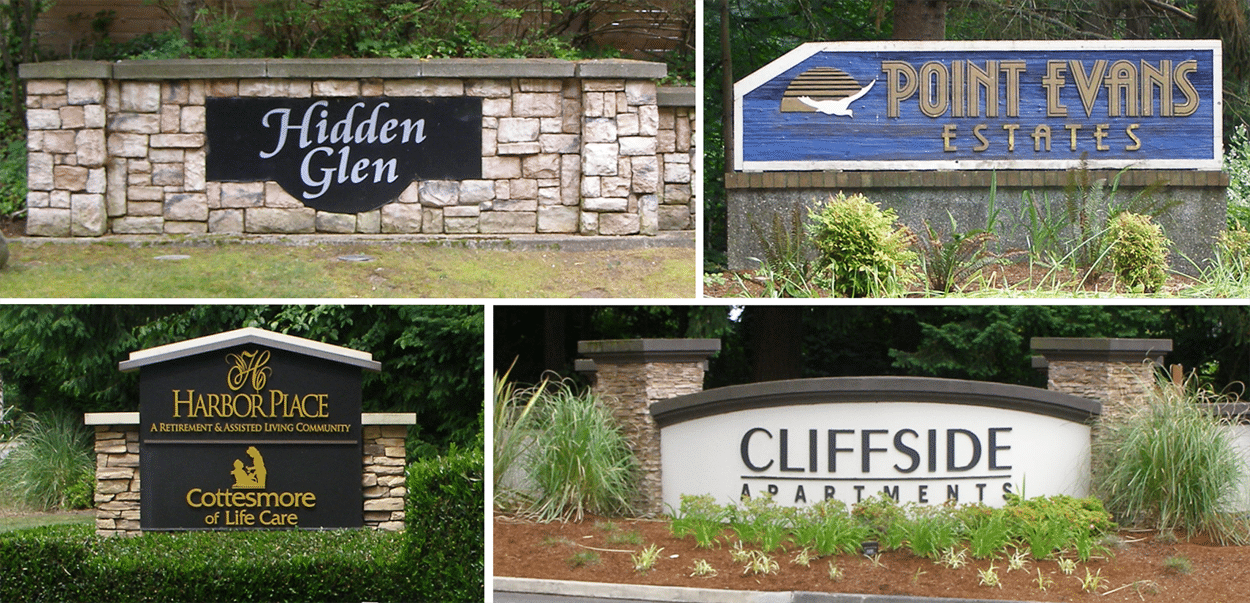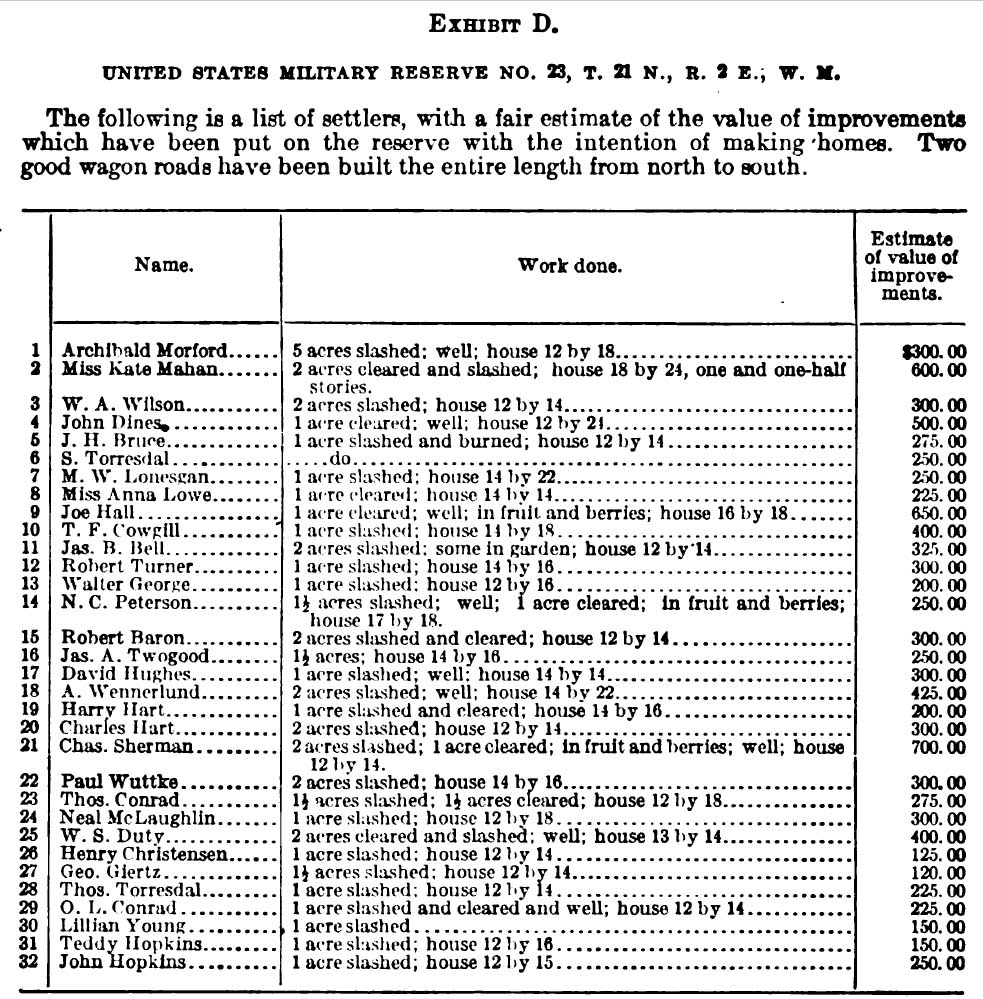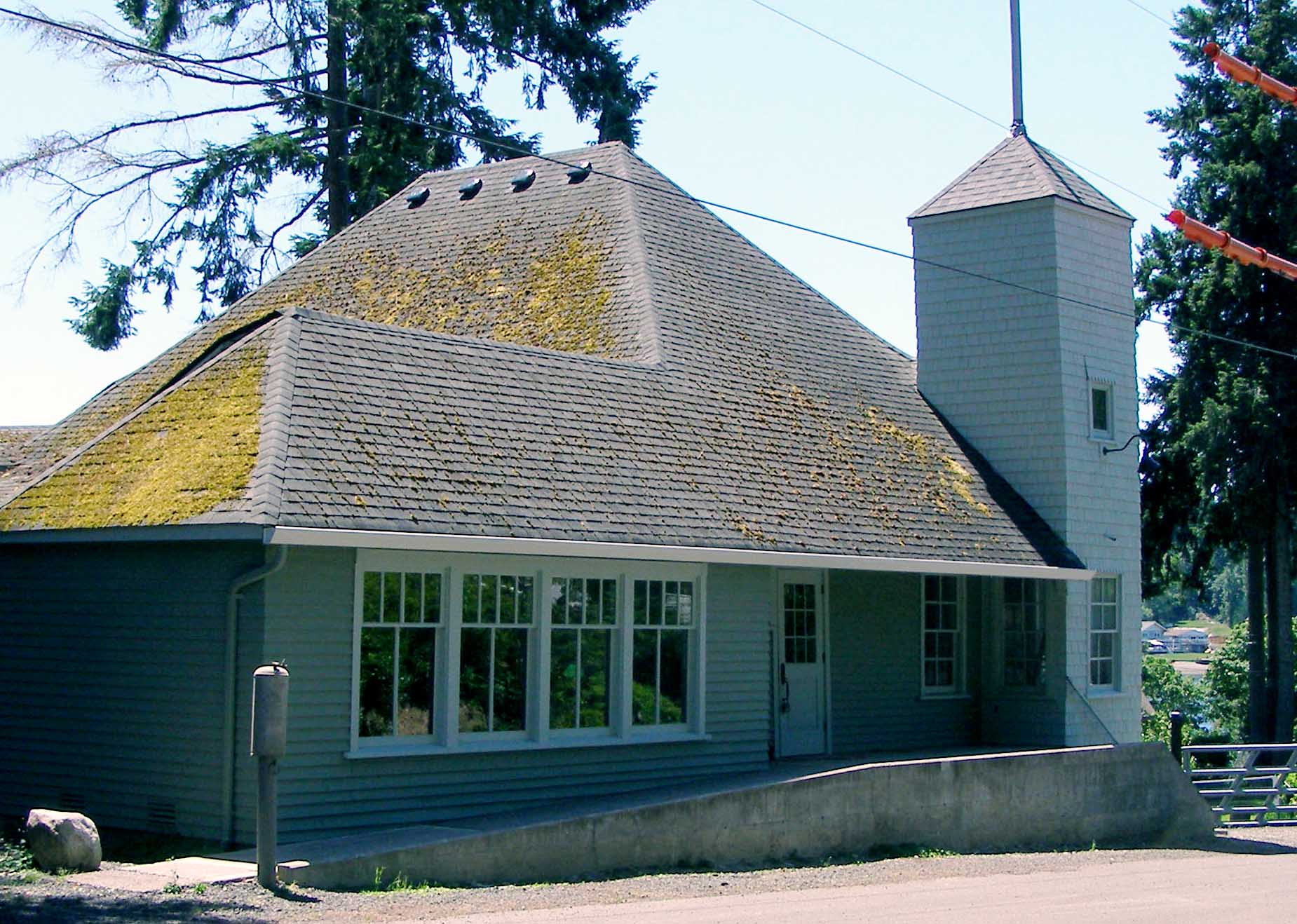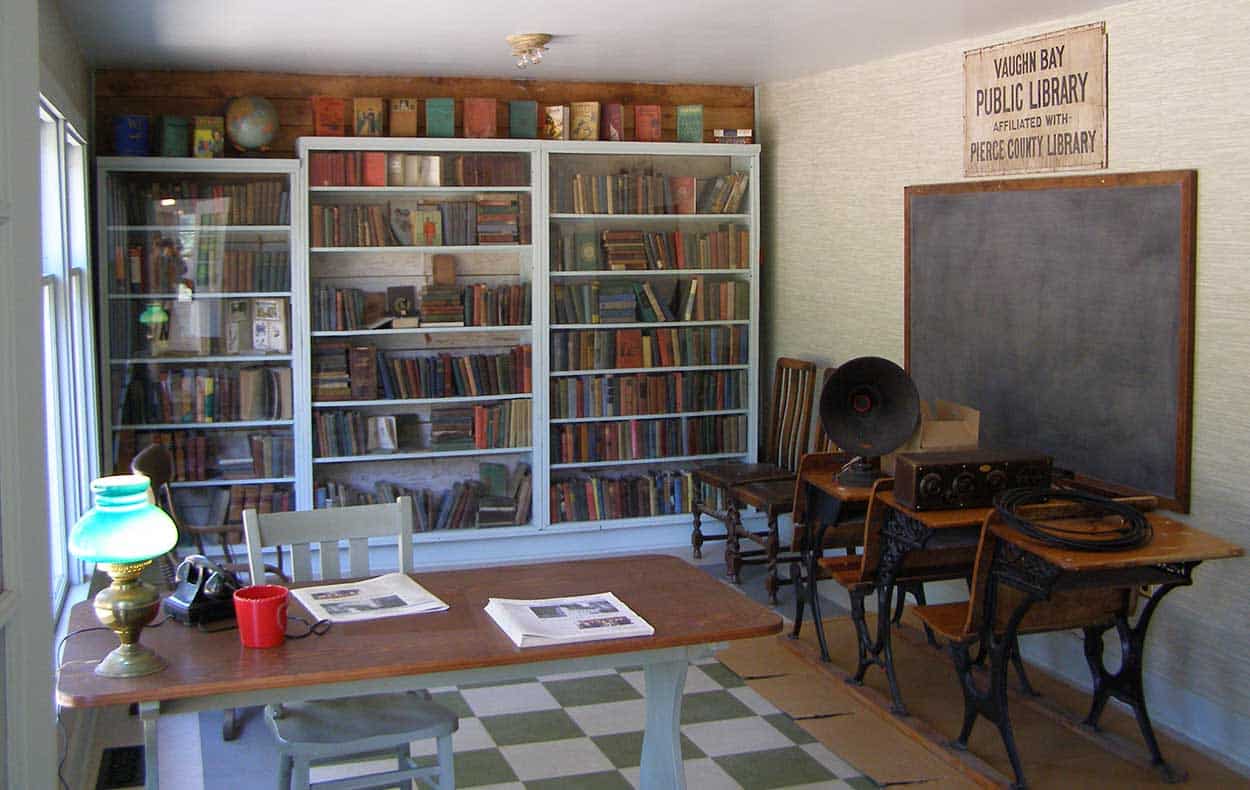Arts & Entertainment Community
Gig Harbor Now and Then: Squatters were early adopters of tiny houses
Our previous question asked:
Arts & Entertainment Sponsor
Arts & Entertainment stories are made possible in part by the Gig Harbor Film Festival, a proud sponsor of Gig Harbor Now.
What was the average size of the 32 squatters’ houses on Military Reservation 23, at point Evans, barely north of the Narrows bridges, in 1916?
Answer: 215 square feet.
However, Lillian Young apparently didn’t have a house, so perhaps the total square feet should be divided by 31 houses. That would bring the average up to an undiscernably larger 222 square feet. That’s smaller than a one-car garage in the modern world.

There are more people in each of several residential developments today on what was once a military reservation at Pt. Evans than were living on the entire reserve in 1916.
Meticulous record keeping
With the average size of private homes today being measured in the thousands of square feet, it’s difficult to imagine a time when they measured only in the hundreds, never mind barely more than two hundred. And though on Military Reservation 23 the average was 215 feet, eleven of the 31 houses were only 168 square feet!
How do we know the first 31 houses at Point Evans were so tiny? Normally such statistics are long gone after the passing of over a century, if they had ever been collected. But there remains a fascinating list of home sizes, values, and several other statistics on Military Reservation 23, compiled by the federal government.
It’s in a now-obscure publication titled “United States Congressional Serial Set, Issue 6897,” from 1916. What makes it even more interesting is that the page also lists the home owners’ names, a few of which are still familiar to some of the older residents in the area today.

This interesting list gives a variety of information on the 32 squatters’ self-proclaimed properties at Point Evans in 1916.
In 1919, the occupants of Military Reservation 23 were allowed to buy the land they had squatted on, so their collective gamble eventually did pay off.
Shedding a light on community halls
We now turn from squatting to squinting (because the artificial light’s so bright). This week’s subject: illumination.

The restoration of the Vaughn Library Hall is nearing completion. Photo by Greg Spadoni.
The Vaughn Library Hall is the last remaining example on the Key Peninsula of what used to be many community halls. They were the meeting places of several generations for a wide variety of purposes, including entertainment, voting, club meetings, political rallies, celebrations, and any other events that needed to accommodate large groups of people.
Among the community halls on the greater Peninsula were those at Arletta, Rosedale, Warren, Cromwell, Gig Harbor, Purdy, Minter, Home, Longbranch, Glencove, Lakebay, Herron, Midway, Fox Island, probably a few others, and, of course, Vaughn. After acquiring title to the Vaughn Hall a few years back, the Key Peninsula Historical Society has moved mountains to restore it to as close to its classic form as possible, with concessions only to modern building code requirements.

The library was only a small part of the Vaughn Library Hall. Photo by Greg Spadoni.
In the 1910s, a major advance in home and farm lighting was underway in America’s rural areas. Kerosene lanterns were being eclipsed by incandescent bulbs, which had long been used in major cities. With the development of small gasoline engines that could power home electrical generators, those glowing glass bulbs were becoming available to anyone who could afford them, no matter how far they lived from an established electrical grid.
While not exclusive, the most popular electric light system in the greater Key Peninsula-Gig Harbor area was the Delco-Light plant. In its most common early configuration, it provided 32 volts, and when the generator wasn’t running, allowed the use of lights via sixteen two-volt storage batteries, wired in series.
Many Delco-Light plants (and other makes too) were in use in the area by 1920, when the board of directors of the Vaughn Library Hall decided to upgrade its old-fashioned lamps to a more modern method of lighting the building. They didn’t choose a Delco-Light plant, or any other electric setup, however.
This week’s question is:
What kind of lighting system upgrade was installed in the Vaughn Library Hall in 1920?
The degree of difficulty of today’s question is a 4 (out of 5). Yes, another tough one, but only because an easy question is a boring one … isn’t it?
For those not inclined to go searching for it, Gig Harbor Now and Then will have the answer on Aug. 28. In the meantime, you’re invited to visit the Gig Harbor Now Facebook page and post your guess and any other thoughts about today’s question, and read what others have to say about it.
Comments on the squatters’ shacks on Military Reservation 23 are also welcomed. With houses that small, do you suppose their Wi-Fi had no dead spots?
Greg Spadoni of Olalla has had more access to local history than most life-long residents. During 25 years in road construction working for the Spadoni Brothers, his first cousins, twice removed, he traveled to every corner of the Gig Harbor and Key Peninsulas, taking note of many abandoned buildings, overgrown farms, and roads that no longer had a destination. Through his current association with the Harbor History Museum in Gig Harbor as the unofficial Chief (and only) Assistant to Linda McCowen, the Museum’s primary photo archive volunteer, he regularly studies the area’s largest collection of visual history. Combined with the print history available at the Museum and online, he has uncovered countless stories of long-forgotten local people and events.

